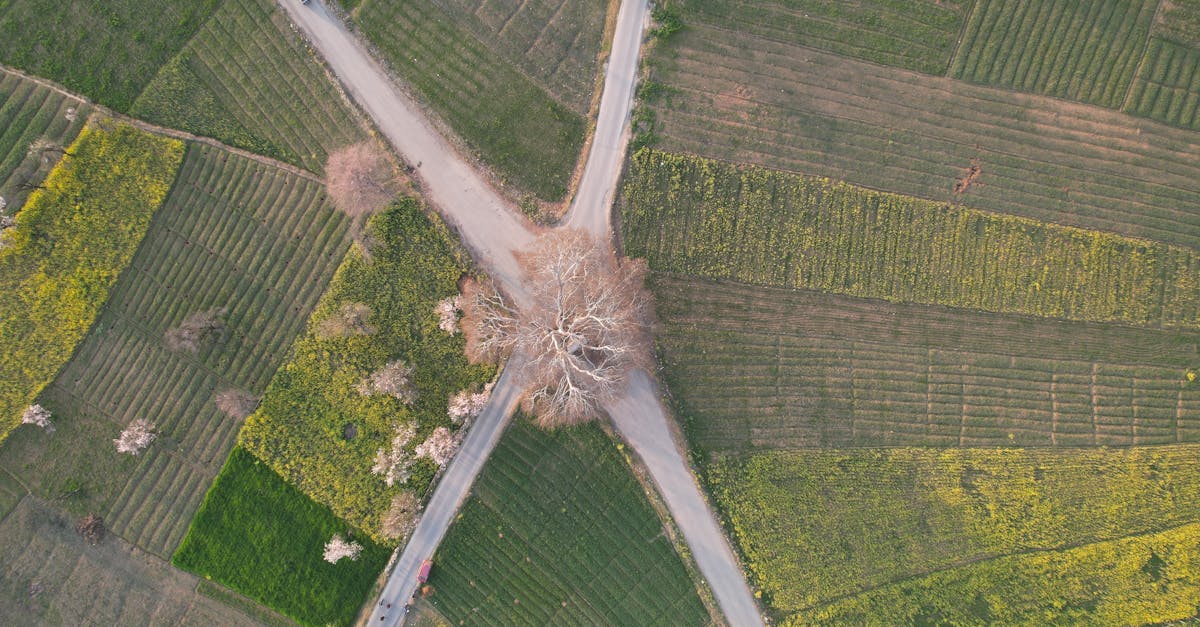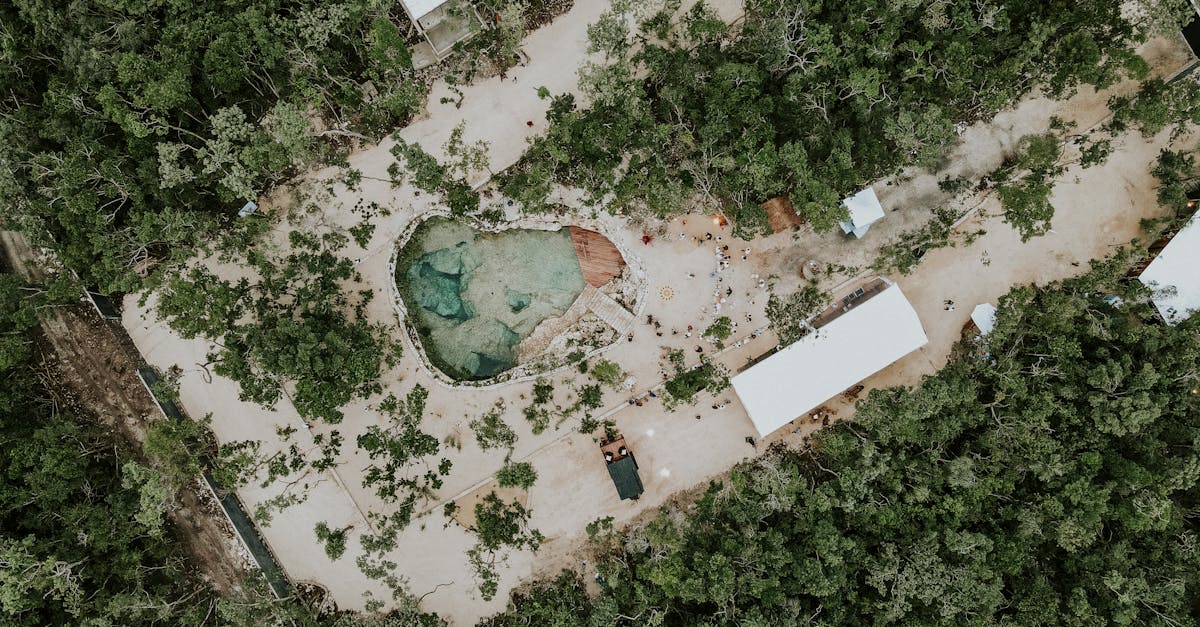
The future of project planning is taking flight with advanced aerial surveys. Drones are changing the game, offering unparalleled precision and efficiency that traditional methods simply can’t match. Imagine having access to real-time, high-resolution data that informs every stage of your construction project. This is not just an upgrade; it’s a revolution that enhances decision-making and streamlines workflows, making your projects faster and more effective than ever before.

Advanced aerial surveys are paving the way for a new era in project planning. Utilizing drone technology, these surveys provide detailed insights and data, allowing project managers to make informed decisions and optimize their plans. In this article, we will explore the benefits of incorporating advanced aerial surveys into project planning will discover how they can enhance efficiency, accuracy, and overall execution.
The Benefits of Advanced Aerial Surveys
Advanced aerial surveys offer a host of advantages across various sectors, particularly in construction, real estate, and environmental monitoring. They allow for detailed and rapid data collection, thereby improving decision-making processes.
Enhanced Accuracy and Precision
One of the standout features of advanced aerial surveys is their ability to offer unmatched accuracy. With high-resolution cameras and sophisticated sensors, drones can capture precise data from above, minimizing human error associated with traditional surveying methods. This level of detail allows for:
- Accurate land measurements
- High-quality 3D models
- Comprehensive topographic data
This precision ensures that project planners have a reliable foundation for their planning, leading to fewer costly mistakes later in the construction phase.
Increased Efficiency
The speed at which aerial surveys can be conducted dramatically improves project timelines. Traditional surveying methods often require extensive manpower and time; with drones, site assessments can be completed in a fraction of the time. This efficiency translates to:
- Faster project approvals
- Quicker mobilization of resources
- Enhanced adaptability to project changes
By streamlining these processes, project managers can focus on execution rather than logistics, ultimately leading to more successful project completions.
Improved Safety
Conducting surveys with drones also enhances safety on job sites. Workers often need to access hazardous areas to collect data. By sending a drone to obtain crucial information, the risk to human life is reduced significantly. Drones can safely survey:
- High elevations
- Dangerous terrain
- Construction sites with heavy machinery
This safer approach not only protects personnel but also keeps projects moving forward without unnecessary interruptions.
Practical Applications of Advanced Aerial Surveys
The applications of advanced aerial surveys are incredibly diverse, impacting various aspects of project planning. Below are some key areas where these surveys shine:
Construction Planning
Aerial surveys can significantly enhance construction planning by providing comprehensive site analysis. By generating 3D models, planners can visualize the project in its entirety before any work begins. This proactive approach facilitates:
- Identifying potential obstacles
- Evaluating site conditions thoroughly
- Engaging stakeholders with clear visuals
Environmental Monitoring
In addition to construction, aerial surveys play a crucial role in environmental monitoring. Drones can collect data on vegetation health, erosion, and land use changes over time. This helps teams assess the impact of projects on the surrounding ecosystem. The benefits include:
- Real-time data on environmental health
- Forecasts on land use changes
- Minimizing environmental impact through informed decision-making
Real Estate Development
For real estate developers, advanced aerial surveys provide a competitive edge. By capturing detailed images of potential development sites, stakeholders can make data-driven decisions that align with market needs. This results in:
- Better risk assessment
- Clear presentation of project potential
- Faster transaction processing
Comparing Traditional Surveys with Aerial Surveys
| Aspect | Traditional Surveys | Aerial Surveys |
|---|---|---|
| Time Required | Days to Weeks | Hours to Days |
| Manpower | Significant | Minimal |
| Accuracy | Variable | High Precision |
| Access to Difficult Areas | Limited | Comprehensive |
From the comparison above, it is evident that advanced aerial surveys offer substantial improvements over traditional methods in terms of efficiency, safety, and data quality.
The Future of Aerial Surveys in Project Planning
As technology evolves, the capabilities of aerial surveys are expected to expand even further. Innovations in drones, including AI and machine learning, will enhance the analysis and integration of data. This bodes well for project planning, where:
- Decision-making will become increasingly data-driven
- Collaboration among teams will improve
- Project outcomes will significantly upgrade in quality
Companies that leverage these advancements will find themselves at the forefront of their industries, equipped to handle the complexities of modern project planning.
In conclusion, transforming project planning with advanced aerial surveys significantly enhances accuracy, efficiency, and safety across various sectors. By integrating drone technology into their processes, organizations not only streamline operations but also foster better decision-making and resource management. If you are looking to revolutionize your project planning approach, consider enlisting the expertise of a specialist. With advanced aerial surveys, you can elevate your planning strategies and achieve outstanding results.











